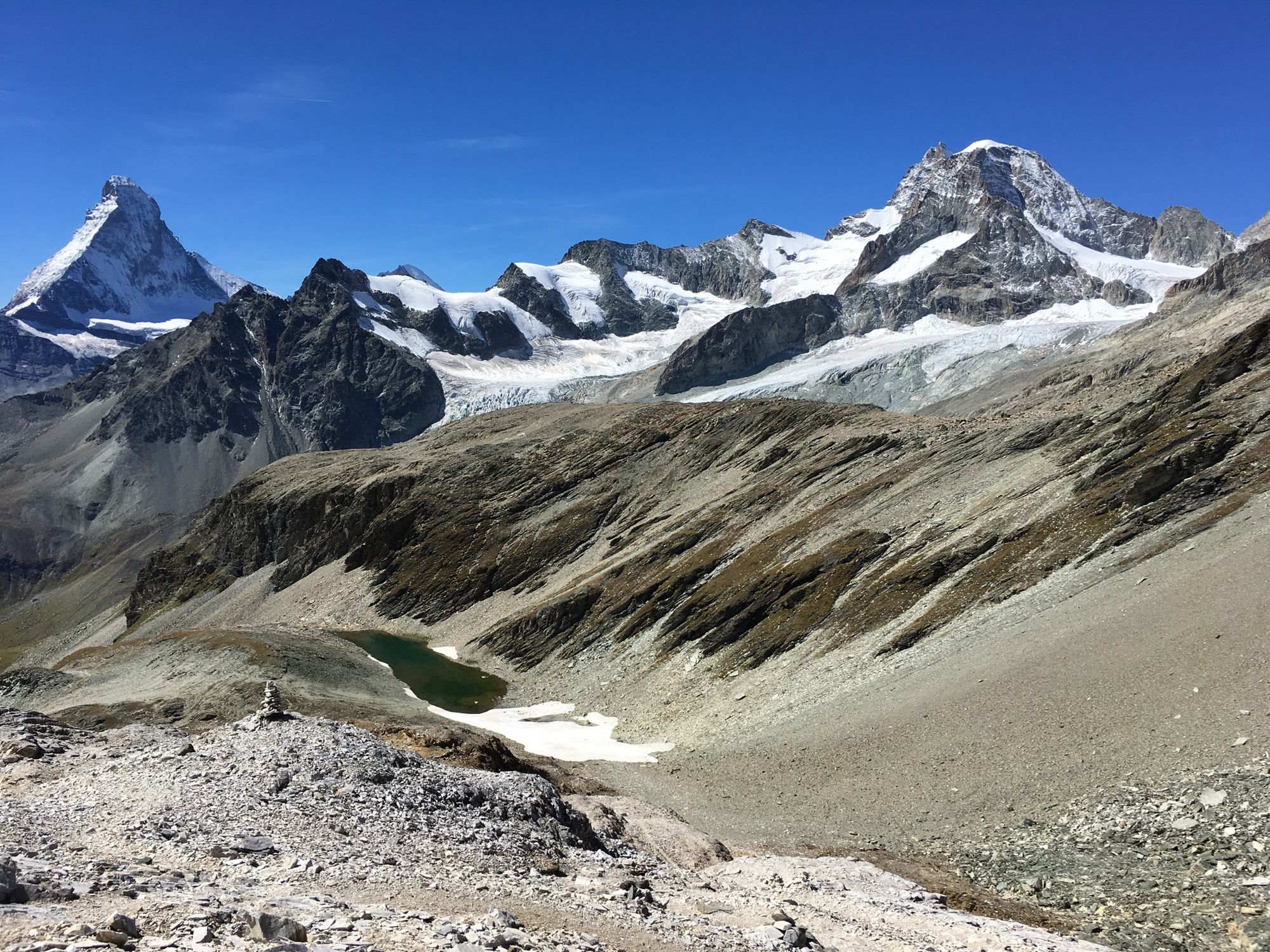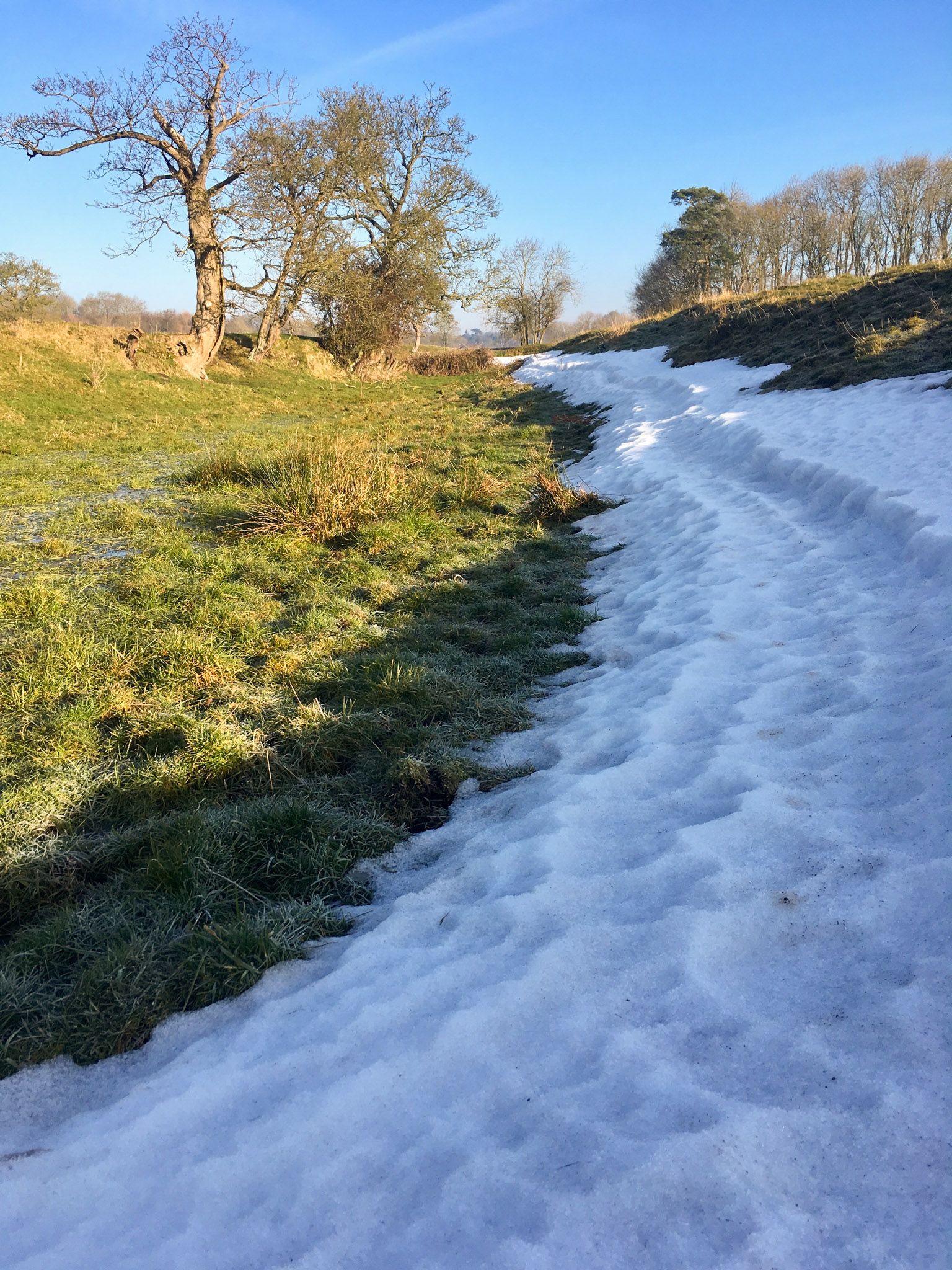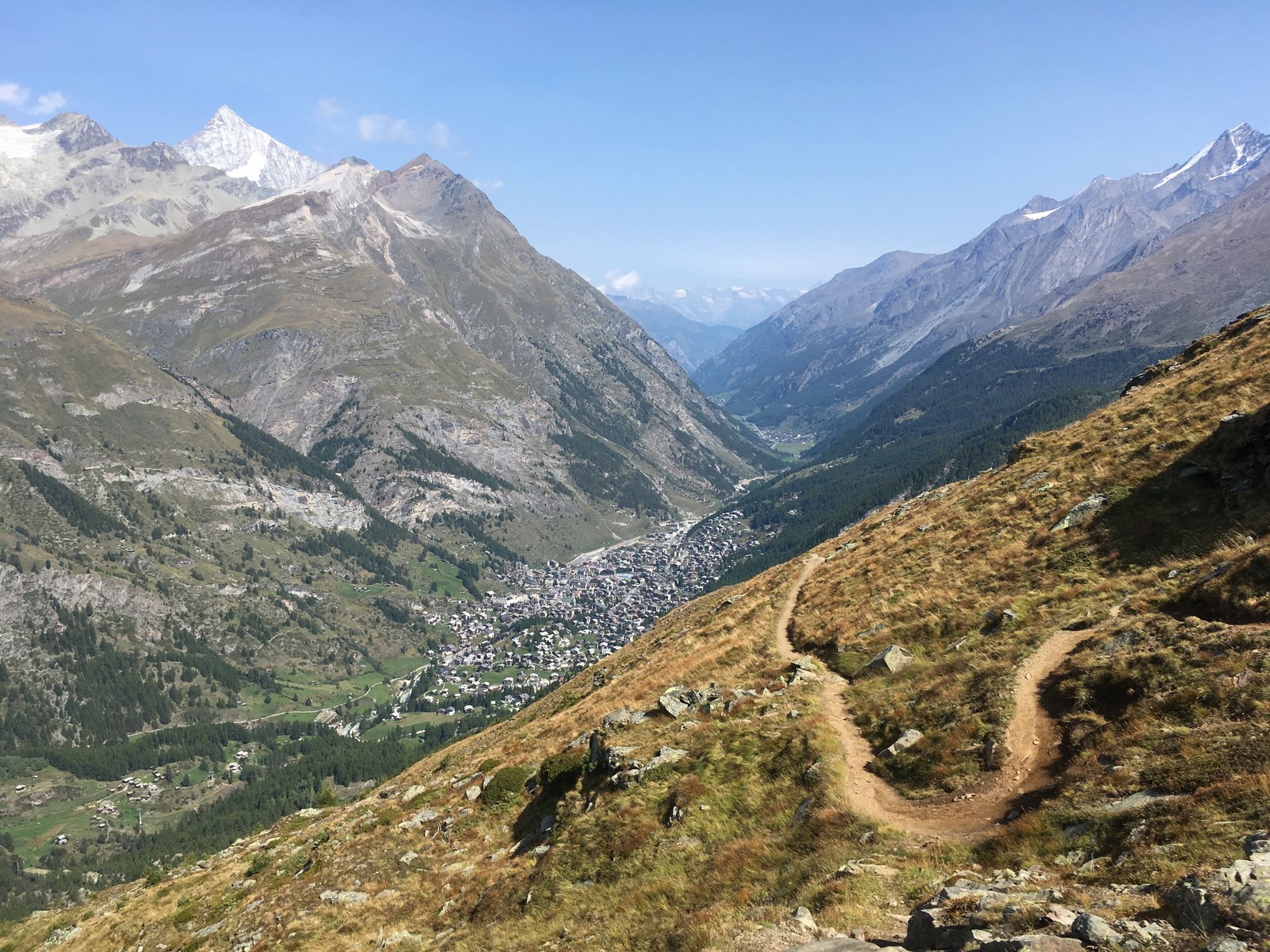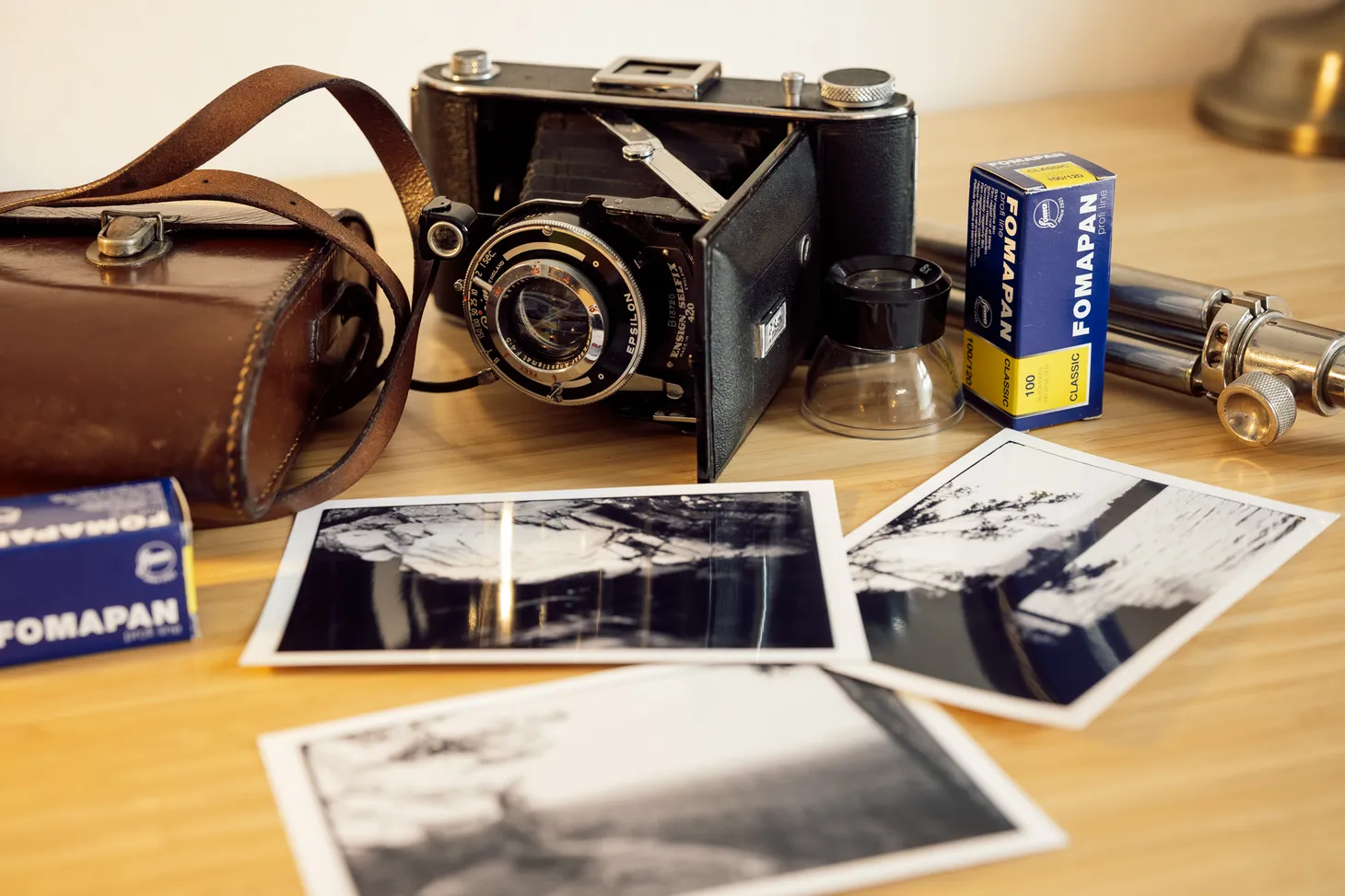Smartphone photography for outdoor writers

Tempted to use images captured by your smartphone for your next feature? Here are a few things to consider.
A version of this article was first published in my Pinnacle Newsletter, March 2018.
Modern smartphones have highly capable cameras, but most outdoor writers rely on heftier setups. DSLR or mirrorless, they’re all massive compared to a smartphone, and that’s because they include a comparatively gigantic sensor, a big chunk of quality glass, and precision manual controls – often all packaged in a rugged and weather-sealed shell.
Image above: a favourite image from my Haute Route Pyrenees section hike, 2016, captured with a Moto G3. The auto-HDR is maybe a bit excessive, especially in the top-right of the frame.
The advantages of a real camera all matter. But smartphones have big advantages for outdoor writers too:
- A smartphone is far lighter and more compact. It’s also a multi-use item. On a trip where every gram counts, this is a huge deal.
- The tiny sensor of a smartphone yields massive depth of field, meaning that everything is in focus from a few inches away right to infinity.
- A smartphone is far better connected than a dedicated camera, and allows you to immediately email images to your editor, post them on Instagram, or edit them with sophisticated processing tools (even in RAW).
- While true telephoto is still beyond smartphone capabilities, dual-lens flagship phones give you a wide-angle and a standard prime all in one pocketable package.

When a smartphone camera won’t be enough
- If you regularly take photos in low light (astrophotography, for example). Although recent developments such as Google Night Sight have made improvements, smartphone image quality is still comparatively poor in low light.
- If your work is intended for anything beyond editorial or web use. A well-exposed smartphone image will look great online or in the pages of a magazine, but other clients may reject it.
- If you need to print big. A typical smartphone image will look good at smaller sizes, and acceptable on a double-page spread in optimal lighting – but image quality will not look its best at this size in anything less than perfect light.
- If you need a wide variety of focal lengths from superwide to tele. Faffing with clip-on smartphone lenses is more trouble than it’s worth, and they often degrade image quality.
- If you want the reassurance that your camera can cope with any situation you put it through, you won’t want to limit yourself to a smartphone that only yields good image quality in optimum scenarios. A real camera gives you the reassurance that you’ll get the shot no matter what.
- If you’re heading somewhere with extreme conditions. Trying to shoot with a smartphone while wearing gloves is frustrating. Although many top-end smartphones are now water resistant, a real camera will be more resistant to moisture and low temperatures. Smartphones are particularly vulnerable to sub-freezing conditions.

When a smartphone camera will cut it
- When pack weight is an absolute priority.
- When the images you’re looking for are landscapes in good lighting with lots of depth of field, and you won’t be attempting any low-light or astro shots.
- When you don’t anticipate extreme shooting conditions.
How to make the most of your smartphone’s camera
- Use a camera app that supports manual controls and RAW capture, such as Manual (iOS) or Lightroom CC.
- Shoot in RAW+JPEG. It’ll give you more editing flexibility later on.
- Turn auto-HDR on. You can always disable the effect later if it looks overdone, but it can help to overcome exposure issues in some high-contrast scenes.
- In low light, use a tripod, tripod mount, and remote release – just as you would with a real camera. Use manual settings to keep ISO low for maximum image quality.
- Wipe your camera lens!
- While there’s nothing wrong with editing images directly on the phone, also try editing them in Lightroom on your computer. You might be surprised what you can achieve, especially with your phone’s RAW files – and a bigger screen is better for editing. The mobile version of Lightroom CC is highly capable if you need to edit directly on your phone.

As of early 2019, no smartphone can completely replace a dedicated camera for most outdoor writers – but it can take on a portion of the work in some circumstances, and that’s pretty incredible.
All images © Alex Roddie. All Rights Reserved.
Alex Roddie Newsletter
Join the newsletter to receive the latest updates in your inbox.




